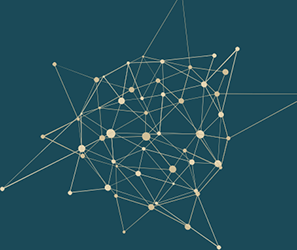Speaker
Description
The search for dark matter (DM) weakly interacting massive particles with noble elements has probed masses down and below a GeV/c^2. The ultimate limit is represented by the experimental threshold on the energy transfer to the nuclear recoil. Currently, the experimental sensitivity has reached a threshold equivalent to a few ionization electrons. In these conditions, the contribution of a Bremsstrahlung photon or a so-called Migdal electron due to the sudden acceleration of a nucleus after a collision might be sizeable. We present a recent work where, using a Bayesian approach, we studied how these effects can be exploited in experiments based on liquid argon detectors. In particular we develop a simulated experiment to show how the Migdal electron and the Bremsstrahlung photon allow to push the experimental sensitivity down to masses of 0.1 GeV/c^2, extending the search region for dark matter particles of previous results. For these masses we estimate the effect of the Earth shielding that, for strongly interacting dark matter, makes any detector blind. Finally, given the relevance of the Migdal electrons to the search for low mass DM, we discuss some new ideas on how to possibly measure such an effect with detectors based on a Time Projection Chamber exposed to an high neutron flux.




